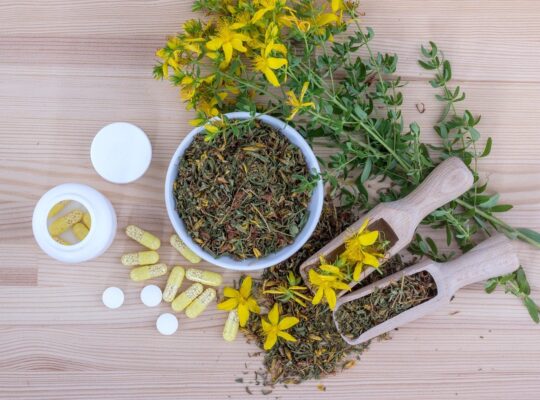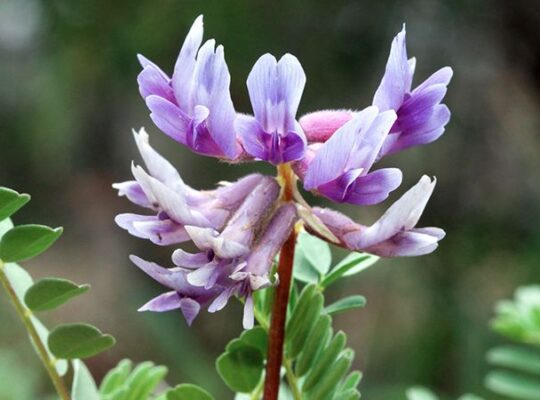With February deemed as the month of love, in this edition, we’ll cover the natural herbal aphrodisiac, Kava (or by its Latin name, Piper methysticum). In its most authentic form, Kava hails from the Pacific Islands and is used for medicine and as a sacred (or communal) drink.

The term Kava (and its variant kawa) is used to describe both the plant and the (sacred) beverage. The kava [root] plant, Piper methysticum, means “intoxicating pepper” since it’s a part of the same family as black pepper. Yet, kava [root] has a “spicy and stimulating flavor” that’s both warming and drying, while also slightly numbing to the tongue, mouth, and throat.
Some of its key characteristics:
- A relaxing nervine aiding in relaxing the mind and thus inducing sleep
- Soothes “chronically tight muscles”
- Relieves toothaches and sore throats
When taken internally, as a tincture, it has anti-fungal effects, especially when diluted for use on the vulva or anus (for itching or yeast infections). When drank as a tea, especially for its aphrodisiac effect, it increases circulation (in all the right parts) going into effect 15 minutes after the first cup. However, it shouldn’t be drunk every day nor should it be drunk for more than one month or so (4-6 weeks) without taking a break. it’s also useful as a topical application (similar to a tincture) for use on tense muscles.
If you are new to Kava [root], always follow the instructions to prevent dampening your mood because you’ve fallen asleep. (🤣) With that said, here are a few more *WARNINGS*:
- Excessive use of kava can cause temporary skin rashes
- If taken in excessive dosages, whether daily or over a short period of time, it can also impact coordination and judgment
- Never mix with alcohol (🍷)
- Avoid giving or taking this herb if you are someone you know is taking or suffering from Parkinson’s disease
Today, Kava comes in a number of “water-down” varieties, so it’s best to obtain only ‘noble’ varieties of kava, which takes four to five years for its roots to mature. (Only the roots are used for kava.) This also explains why authentic kava is so expensive.
“The safest way to enjoy kava is to chew its fresh roots or to make a tea from fresh or dried roots (or root powder)” (HerbMentor). Check out this herbal recipe for Kava Coconut Creamer that you can use for Valentine’s or any other night to get yourself or your partner in the mood. (🔥)


